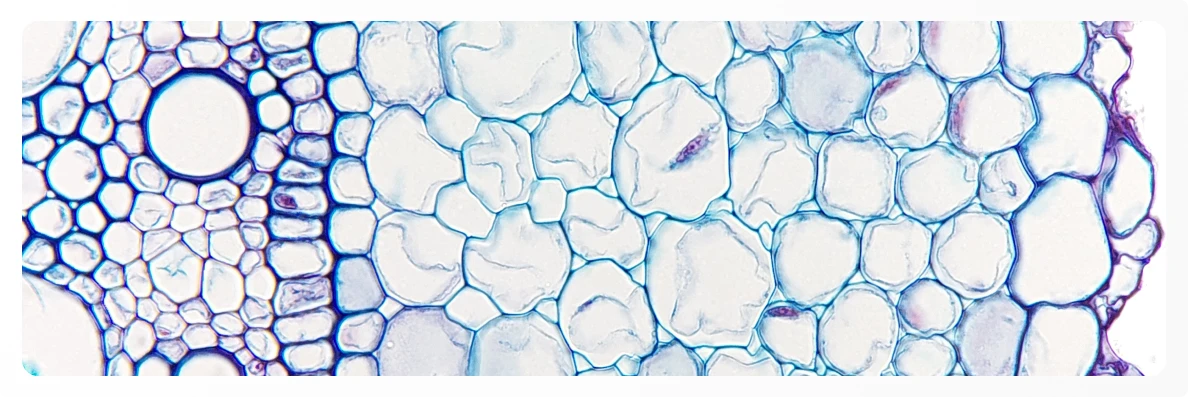The Science of Fascia
What is Fascia? The Body’s Living Matrix
It wraps and permeates every muscle, organ, nerve, and cell—and when it’s healthy, you feel fluid, clear, energized, and resilient. When it’s not? Well… things get sticky (literally and figuratively).
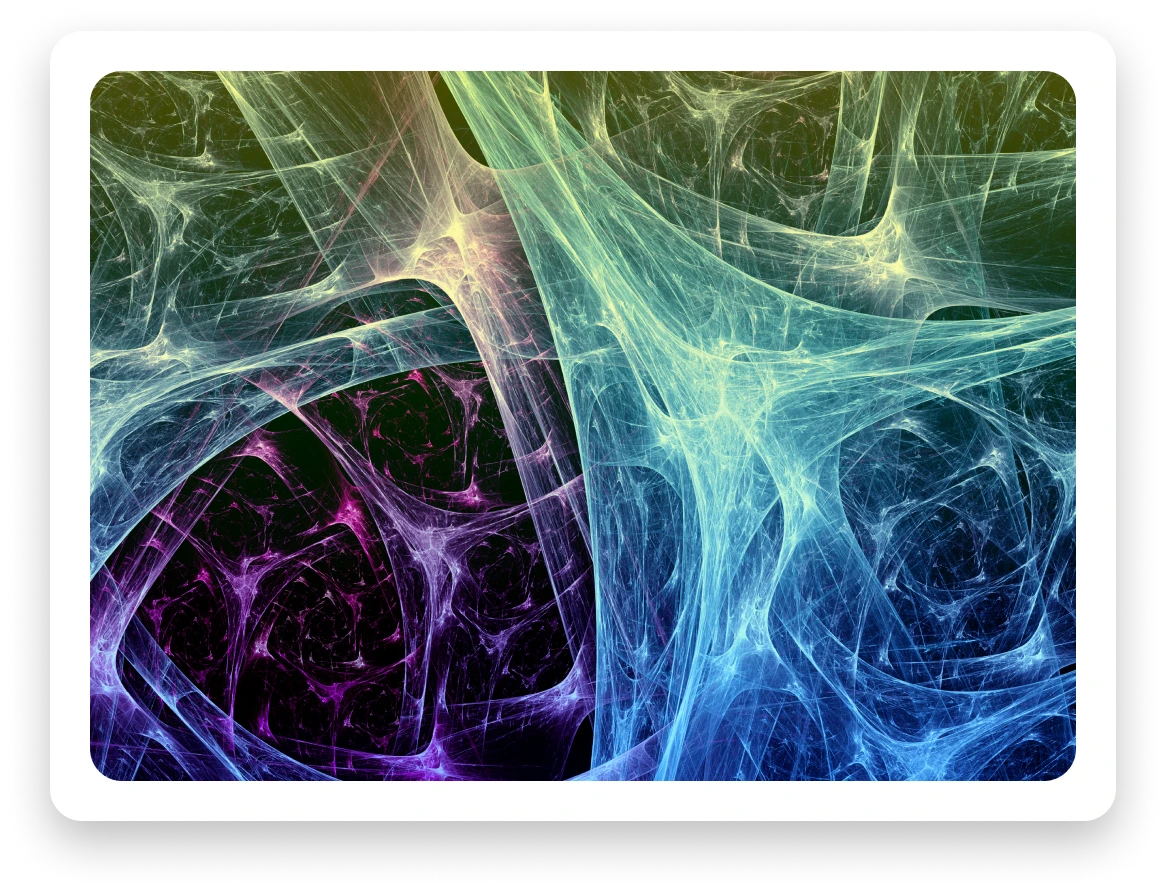
- Conducts bioelectric signals that regulate cells, posture, and movement
- Transports hydration, nutrients, and hormones to every part of you
- Stores emotional and physical experiences (yes, that tight hip might have a story)
- Responds instantly to breath, movement, light, sound, touch, and thought
Healing the Root Cause: How Fascia Impacts Disease & Longevity
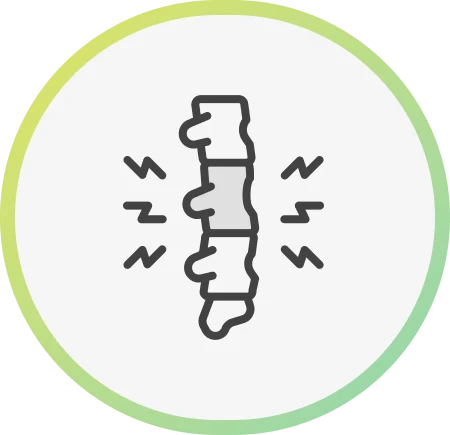
Chronic Pain & Tension
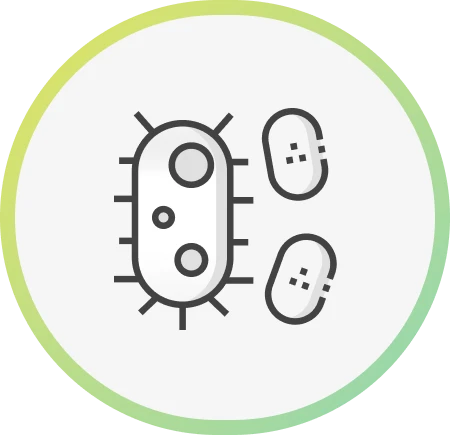
Inflammation & Disease
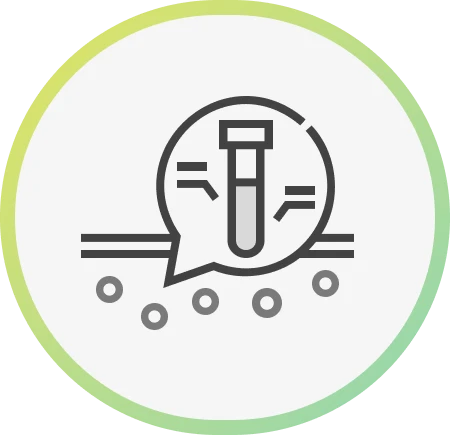
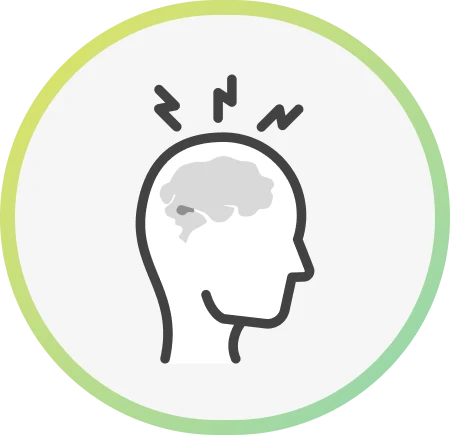
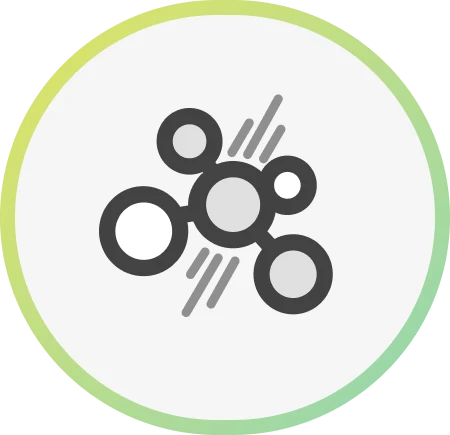
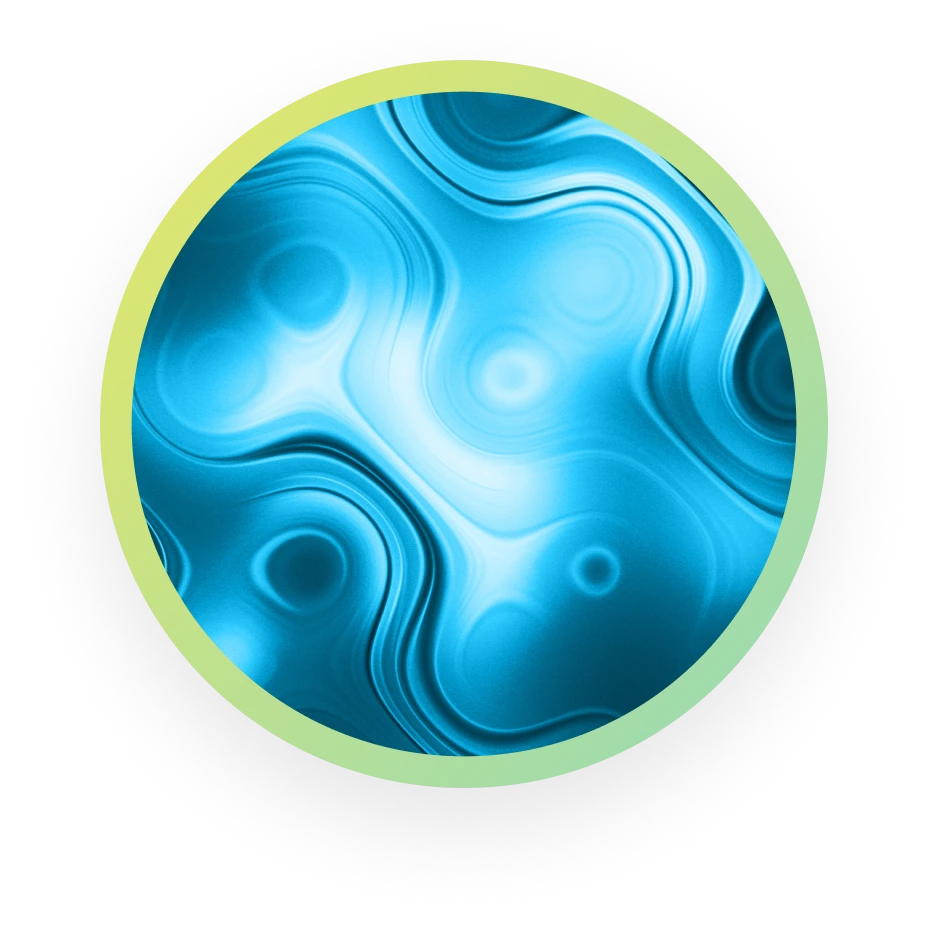
 Cellular Health
Cellular Health Life Health
Life Health Cellular Health
Cellular Health Life Health
Life HealthWhen fascia is hydrated, supple, and unrestricted cells function optimally, detoxify efficiently, and regenerate properly. When fascia becomes restricted, dehydrated and dysregulated, cellular dysfunction, inflammation, and chronic disease take root.
Strolling under the skin video
Check this out! Even if you can only watch for a few minutes, you will get an accurate visual of what is really going on under your skin and see how fascia works! This will help you better understand why it is so important and how it is the main operating system that allows your body to function as a whole living organism.
The Co-Pilot Role: The nervous system does not control the body in isolation—instead, it works in harmony with fascia to regulate all of our bodily functions.
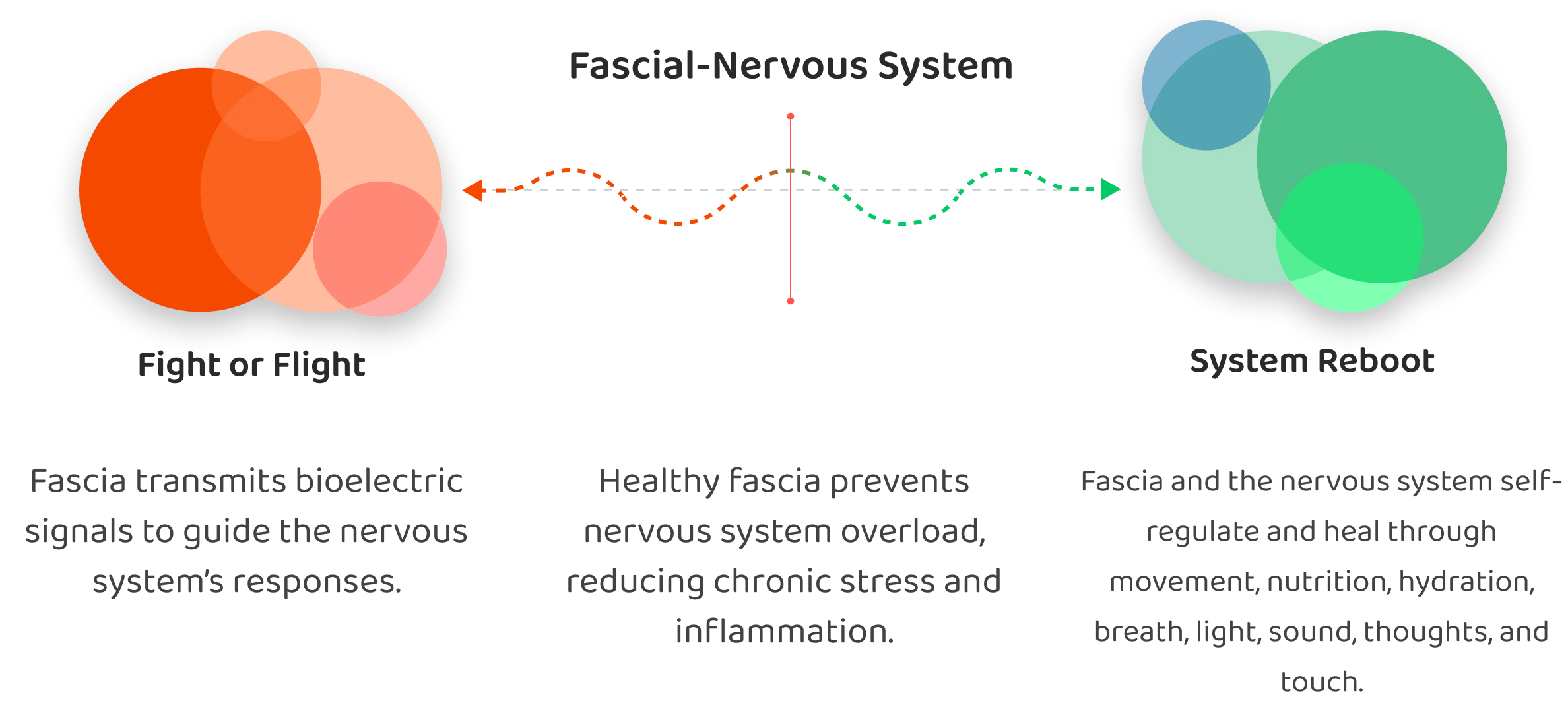

The SOMA – the living cybernetic system

Alfred Pischinger’s work revealed that the extracellular matrix (ECM)—the connective tissue around every cell—is the body’s main communication hub. When stress or trauma disrupts this matrix, the system compensates: posture changes, fascia tightens, nervous system tone shifts.
These aren’t dysfunctions—they’re intelligent adaptations. When we support the ECM through hydration, movement, breath, and somatic practices, we restore the feedback loops that allow the body to reset and thrive.
Somatic Self-correction and Healing
Fascia as the main operating system for change and balance
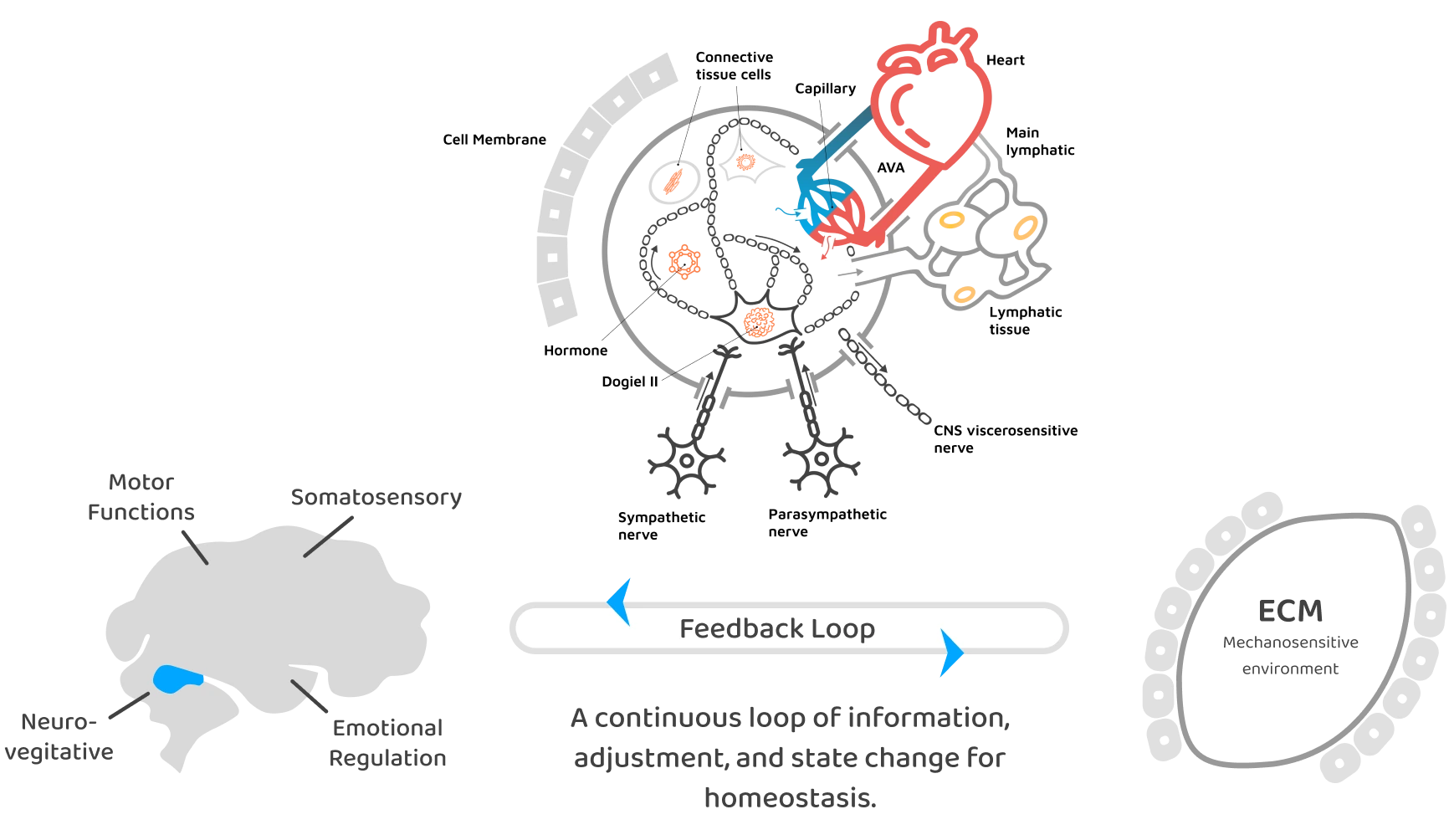
Extracellular Matrix (ECM)
The science of fascia is largely based on researcher Alfred Pischinger’s system of Ground Regulation thought of as the body’s internal communication and support web. At the heart of this system is the extracellular matrix (ECM)—a fluid-filled space that surrounds all of our cells. This space isn’t empty; it’s alive with activity. The ECM is a dynamic, bioactive network of proteins (collagen, elastin), glycoproteins, and proteoglycans suspended in a hydrated gel-like ground substance. It’s not just passive scaffolding—it constantly communicates with cells, influences metabolism, manages nutrient exchange, and is the final neural pathway connecting the brain to every cell of our body. It is in this extracellular environment that all the primary regulating processes occur which make life possible.
It contains connective tissue, the smallest blood vessels (where nutrients and oxygen are delivered), and the endings of the autonomic (vegetative) nervous system. These three parts work together as an intelligent, self-regulating unit, constantly adjusting to keep the cells healthy and responsive.
The lymphatic system is also deeply connected to this matrix, helping remove waste and support immunity. Since this system reaches into every part of the body, it forms a kind of “inner ocean” that supports all the vital functions of life. It provides nutrients, clears out toxins, and is involved in every healing, inflammatory, and immune response.
Pischinger viewed this entire system through the lens of systems science—the study of how complex systems self-regulate. He described the ECM and its connections to the nervous system as a kind of biological thermostat, this is known as cybernetic regulation—a feedback loop that keeps the body in balance, or homeostasis.
Because the ECM is so deeply intertwined with the nervous system, this becomes a whole-body phenomenon. Information—like stress, touch, movement, or injury—enters the system and is instantly evaluated and responded to via this internal “thermostat.” It’s a two-way conversation: the body senses, adjusts, and then re-senses, all through this matrix. Because this system is continuous throughout the whole body, small, positive energetic changes can ripple outward and affect the entire system. Gentle movement, breathwork, somatic practices, or hands-on care can shift the local tissue environment, which then sends signals throughout the ECM and the nervous system, encouraging a global rebalancing.
It’s a powerful reminder that healing isn’t just about treating one region of the body or one system; it’s about tuning the whole system. And even small, intentional acts of self-care can create real, measurable change in our overall health and well-being.
Rest, Digest, Repair
Nervous System Regulation
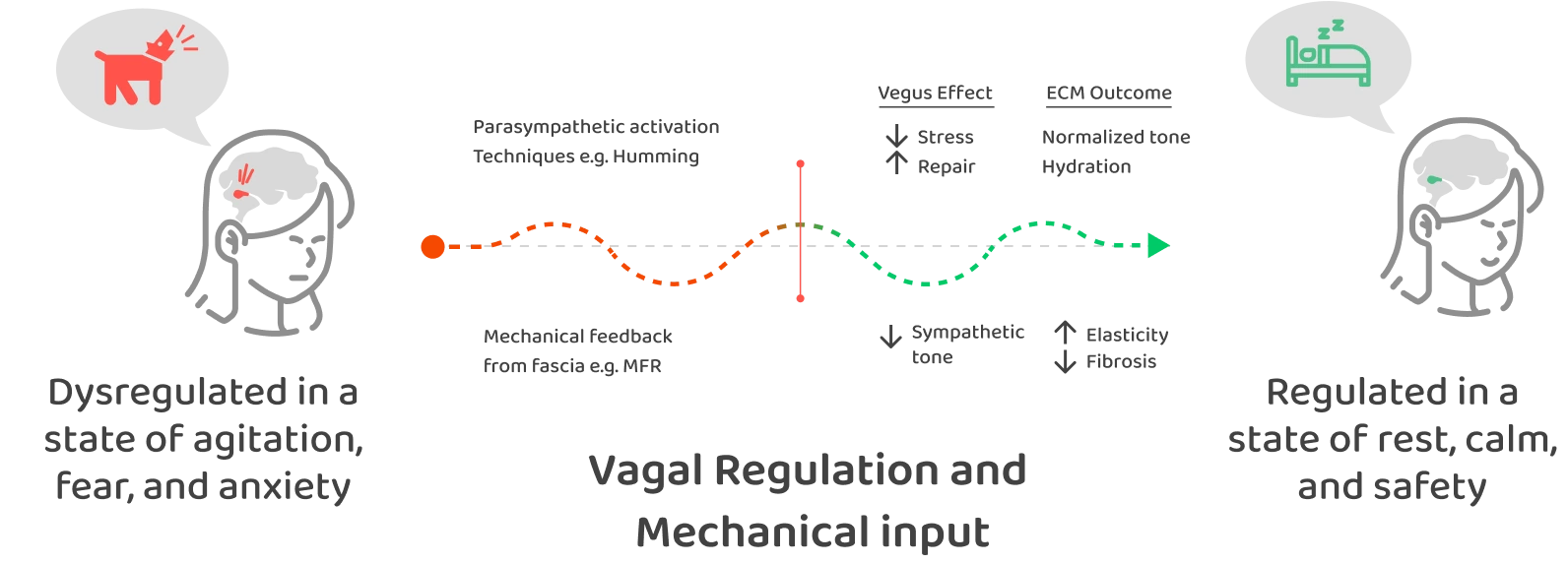
Nervous System Regulation
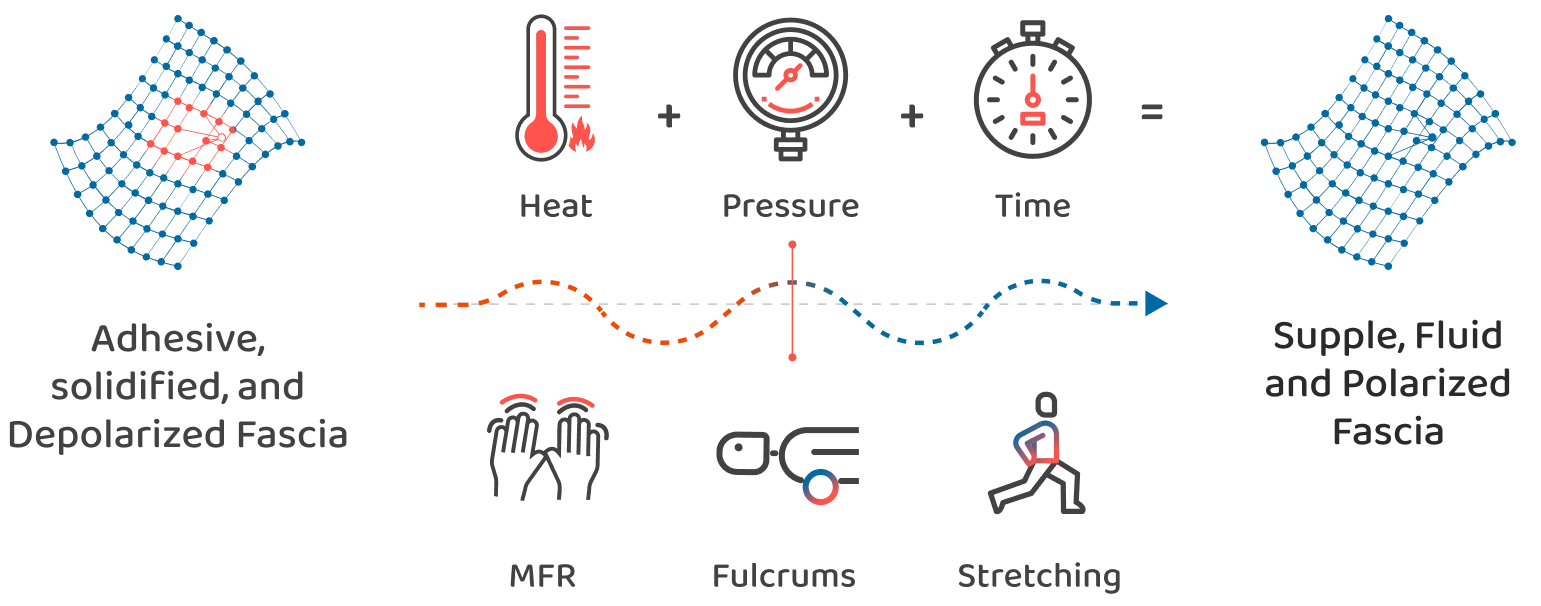
Piezoelectric Effect
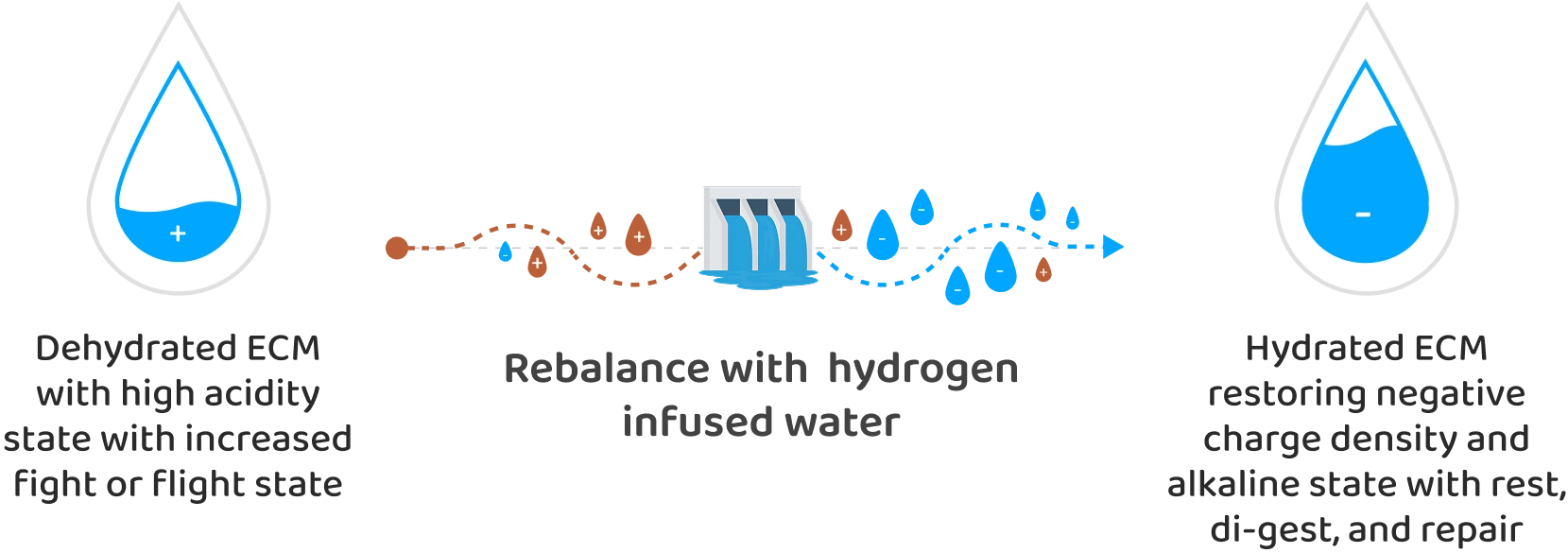
Hydration with H2
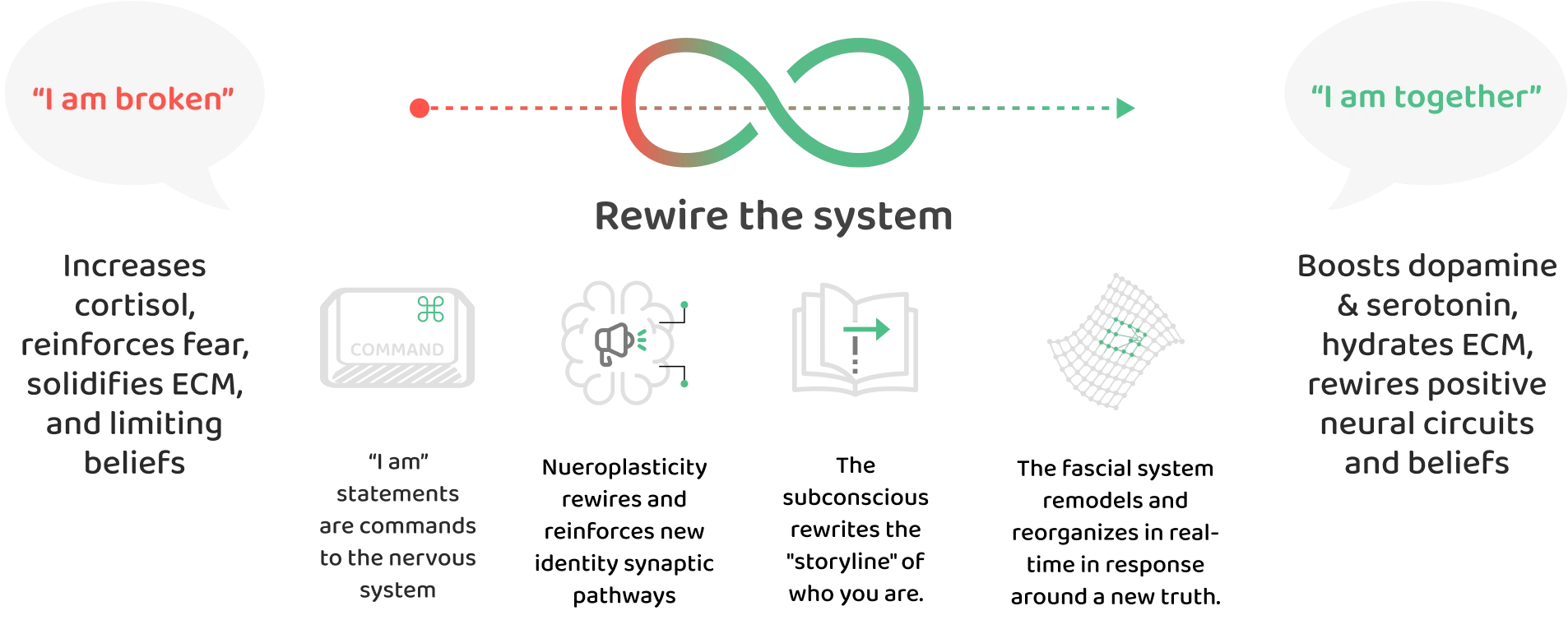
Repetitive Story Telling
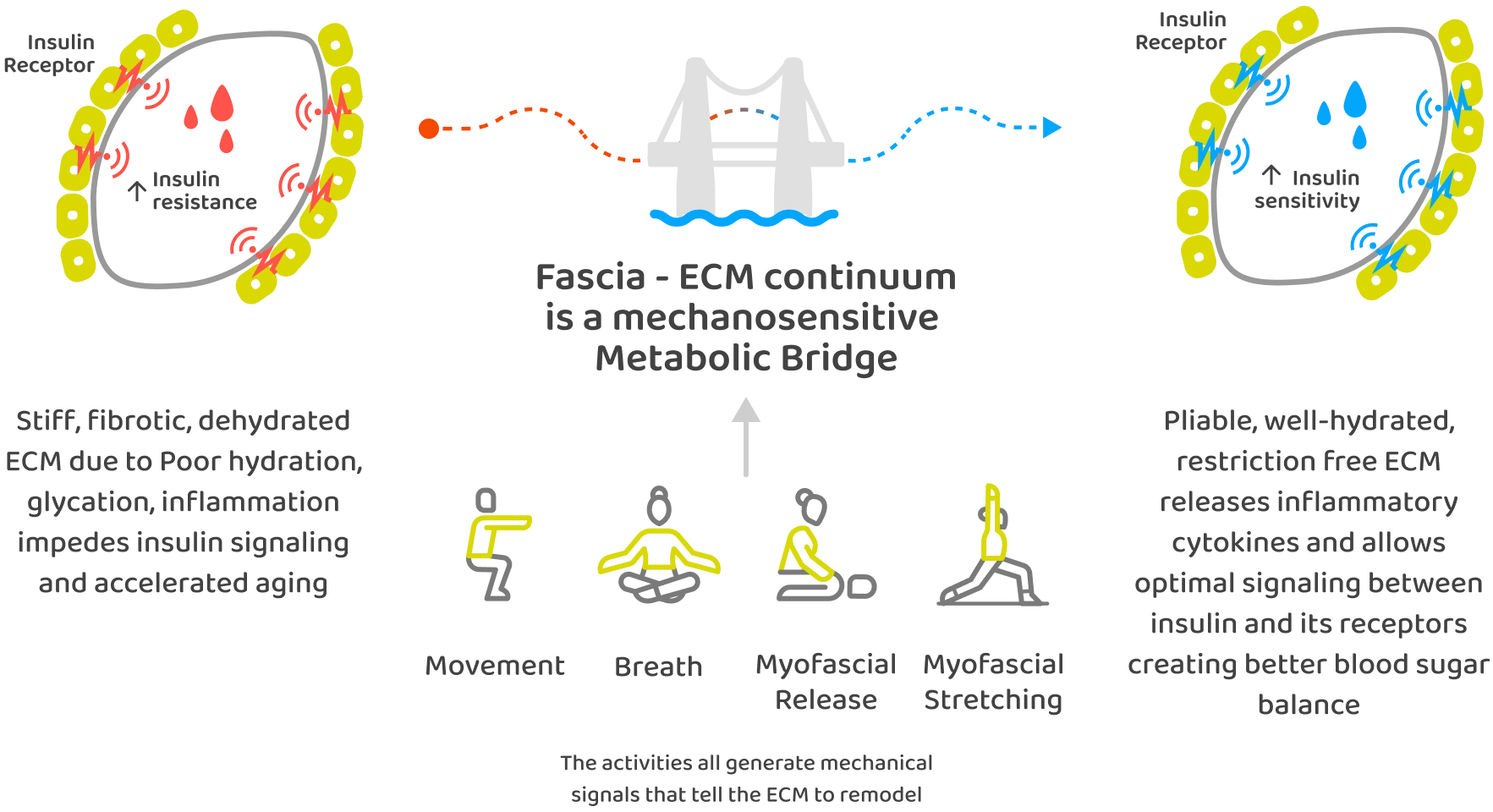
Blood-Sugar Balance
Our Site
Contact Us
Somatic Reboot
mark@somaticreboot.com nikki@somaticreboot.com

